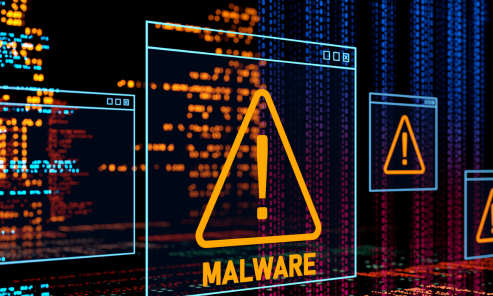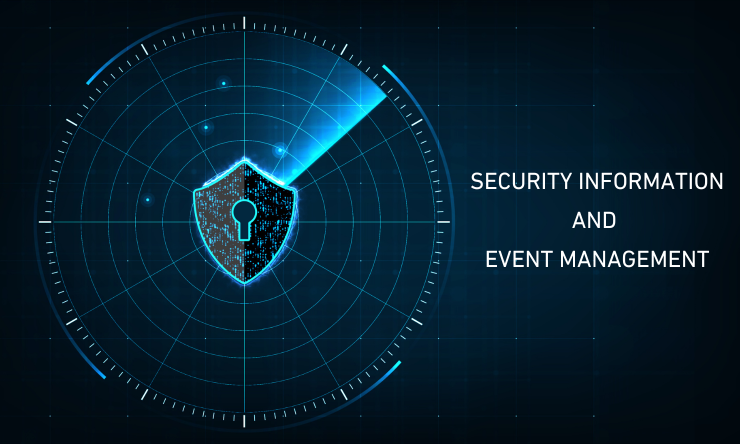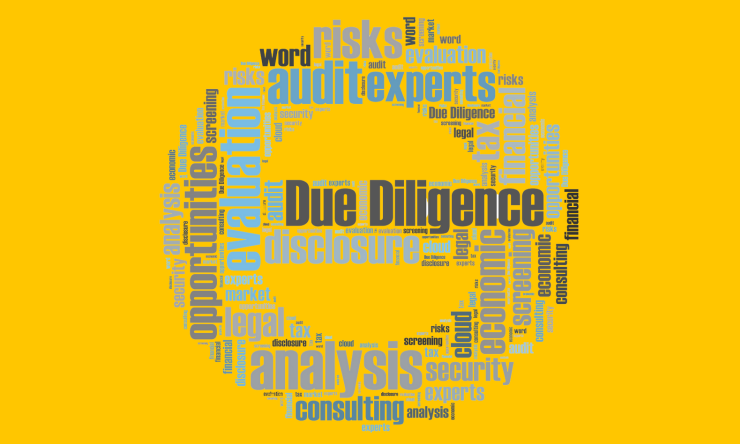RESOURCES

Mastering Log Management: Enhancing SIEM and SOC Efficacy
We mentioned in our previous blog on SIEM efficacy that we would be exploring key areas and best practices for improving SIEM and SOC efficacy. In this blog, we will look into some of the challenges associated with log management and an innovative approach to tackle them.
Security Information and Event Management (SIEM) platforms depend on the quality, consistency, and timeliness of the logs they receive, to generate alerts on security events. Log management is no straightforward task. Log agents and collection software can malfunction due to configuration errors, software bugs, expired licenses, old APIs, and many other factors. In addition the complexity, size, and load on the network can delay the flow of data.
In broader terms and in the context of threat alerting, there are four distinct categories of log problems that can arise. Understanding these categories is crucial for maintaining the efficacy of SIEMSs and SOCs. Each category highlights a different aspect of log management challenges, shedding light on potential areas of improvement for Security Operations Centers (SOCs).
Category 1:All of the relevant security controls on the attack vector may fail to detect the TTPs of the attack, and therefore no log is generated.
One reason for missing the required event logs in SIEM platforms is that defence technologies may fail to detect some adversarial techniques. Sophisticated adversarial techniques often evade these technologies, and "True positive" situations can go undetected, posing significant cyber breach risks. Some threat categories might not be addressed due to systemic weaknesses, technological limitations, or skill shortages. Maintaining a bird's-eye view of the network environment in terms of threat readiness can help SOC teams proactively identify gaps and improve detection and response capabilities.
Another difficulty SOC teams face is tracking changes applied by operations teams. These changes may include configuration adjustments or newly deployed technologies without a proper change management process. Such uninformed changes can lead to ineffectiveness in both SOC environments as well as the network at large.
Category 2: Attack TTPs are detected by the defences but either logging options are not set properly or the delivery mechanism failed to work.
When attack TTPs are detected by the defence technologies but either logging options are not set properly or the delivery mechanism failed to work, it creates a significant gap in the security monitoring process. This can occur due to misconfigurations in the logging settings or issues in the log forwarding infrastructure. Such problems lead to critical events not being recorded or transmitted to the SIEM platform, causing potential security incidents to go unnoticed. Ensuring proper configuration and functionality of logging mechanisms is essential for accurate and timely threat detection.
Category 3: Logging and delivery mechanisms may be working but there may be a setting or a network-related problem delaying log delivery.
Even when logging and delivery mechanisms are operational, issues such as incorrect settings or network-related problems can delay log delivery to the SIEM platform. These delays can hinder the timely detection and response to security incidents. Network congestion, bandwidth limitations, or misconfigured log forwarding settings are common culprits. Ensuring that logs are delivered promptly and without interruption requires regular monitoring and optimisation of the network infrastructure and logging configurations. Addressing these issues proactively can significantly enhance the efficiency and reliability of security monitoring.
Category 4: Logs may be delivered to SIEMs but it does not contain the right level of detail to generate alert.
Logs that reach the SIEM platform but lack the necessary detail to generate alerts present a significant challenge for security monitoring. These incomplete logs may miss critical information required to identify and respond to security incidents effectively. This can happen due to insufficient logging configurations or inadequate log parsing and enrichment processes.
How to tackle these challenges?
Today, the widely adapted log validation mechanism is primarily based on identifying deviations from the set traffic statistics. This approach could neither map the traffic with malicious content nor identify the root cause of log problems in multifunctional security controls. Not being able to validate logs in terms of threat coverage lowers Security Operations Centers' (SOC) efficacy and could impede taking timely actions on alerts and incidents.
We at Cynode validate our log coverage, quality and timeliness of delivery using an integrated and a continuously operational threat simulation infrastructure to make sure we do not bump into any of the situations listed above. We also map our log coverage to the MITRE ATT&CK Enterprise framework to keep the TTP context in scope. We make sure that our customers are served with the optimal log coverage for the best possible detection and response experience.
Get in touch to learn more.


















